Table of content
Making homemade glutinous rice balls, also known as tangyuan in Chinese culture, is a delightful and rewarding culinary experience. These sweet, chewy treats are often associated with festivals, family gatherings, and winter celebrations, particularly during the Chinese Lunar New Year. While traditional tangyuan are filled with sweet red bean paste, sesame, or peanut butter, you can experiment with various fillings and flavors to suit your taste. In this comprehensive guide, we’ll walk you through the entire process of making homemade glutinous rice balls from scratch, ensuring you achieve perfect results every time.
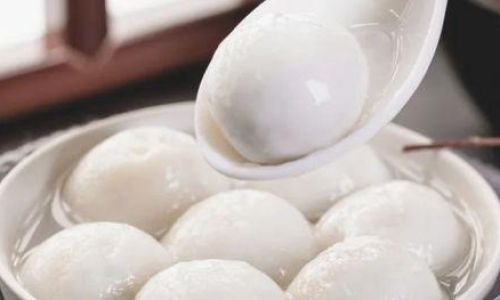
Understanding the Basics
Before diving into the recipe, it’s essential to understand the key ingredients and their roles in creating delicious tangyuan.
Glutinous Rice Flour: The cornerstone of tangyuan, glutinous rice flour gives the balls their signature chewy texture. Unlike regular rice flour, glutinous rice flour contains high amounts of amylopectin, a type of starch that forms a sticky paste when cooked.
Water: Used to bind the glutinous rice flour into a dough, the amount of water needed can vary depending on the brand and humidity. It’s crucial to add water gradually to avoid making the dough too sticky or too dry.
Fillings: Traditional fillings include sweetened red bean paste, sesame paste, and peanut butter. However, you can also use creative fillings like chocolate, mango puree, or even savory options like minced meat with soy sauce.
Powdered Sugar (Optional): Lightly dusting the cooked tangyuan with powdered sugar adds a touch of elegance and prevents them from sticking together.
Equipment You’ll Need
- Mixing bowls
- A rubber spatula or wooden spoon
- A pot for boiling water
- A slotted spoon or strainer
- A tray lined with parchment paper (for placing the cooked tangyuan)
- A small bowl and spoon for portioning out the filling (if making filled tangyuan)
Step-by-Step Recipe for Homemade Glutinous Rice Balls
Step 1: Prepare the Dough
-
Measure the Flour: Begin by measuring out 200 grams (about 1.5 cups) of glutinous rice flour into a large mixing bowl. Make sure the bowl is clean and dry to prevent any lumps from forming.
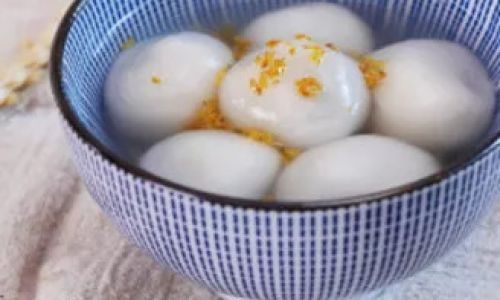
-
Gradually Add Water: Pour in 150 milliliters (about 0.6 cups) of lukewarm water, a little at a time, while stirring continuously with a rubber spatula or wooden spoon. The water should be lukewarm to avoid shocking the flour and making the dough tough.
-
Knead the Dough: Once all the water has been incorporated, continue to knead the dough for about 5 minutes until it becomes smooth and elastic. If the dough feels too sticky, sprinkle a little more glutinous rice flour. Conversely, if it’s too dry and crumbly, add a few drops of water.
-
Rest the Dough: Cover the dough with a damp cloth or plastic wrap to prevent it from drying out. Let it rest for about 15-20 minutes. This resting period allows the gluten in the flour to relax, making the dough easier to roll out and less prone to cracking.
Step 2: Prepare the Filling (If Making Filled Tangyuan)
-
Choose Your Filling: Decide on the filling you’d like to use. For this guide, we’ll use sweetened red bean paste as an example. You can purchase pre-made paste or make your own by cooking and sweetening red beans, then mashing them into a paste.
-
Form the Filling Balls: Roll the filling into small balls, each about 1 teaspoon in size. If the filling is too sticky, you can lightly dust your hands with a bit of glutinous rice flour to prevent sticking. Place the filling balls on a tray lined with parchment paper and set aside.
Step 3: Roll Out the Dough and Form the Tangyuan
-
Divide the Dough: Once the dough has rested, divide it into two equal portions. This makes it easier to manage and roll out.
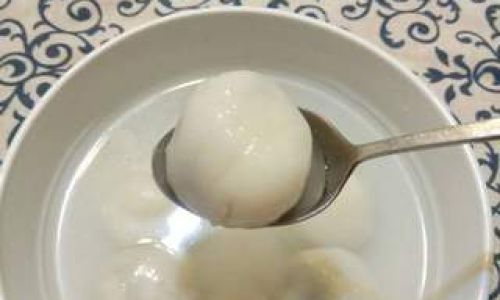
-
Roll Into Logs: Take one portion of the dough and roll it into a log about 1 inch in diameter. Use your palms to gently flatten and smooth the surface.
-
Cut Into Small Pieces: Use a sharp knife to cut the log into small pieces, each about 1 teaspoon in size. These pieces will be the wrappers for your tangyuan.
-
Flatten the Pieces: Lightly dust your work surface with glutinous rice flour to prevent sticking. Flatten each piece of dough into a small disc using your fingertips or the palm of your hand.
-
Wrap the Filling: Place a filling ball in the center of a dough disc. Gently fold the edges of the dough up around the filling, pinching and sealing to ensure no gaps remain. Use the palm of your hand to gently roll the sealed dough ball between your hands to smooth out any cracks and create a uniform shape.
-
Repeat with Remaining Dough and Filling: Continue the process with the remaining dough and filling until all the tangyuan are formed. If you’re making unfilled tangyuan, simply roll each piece of dough into a ball without adding filling.
Step 4: Cook the Tangyuan
-
Boil Water: Fill a large pot with enough water to fully submerge the tangyuan. Bring the water to a rolling boil over high heat.
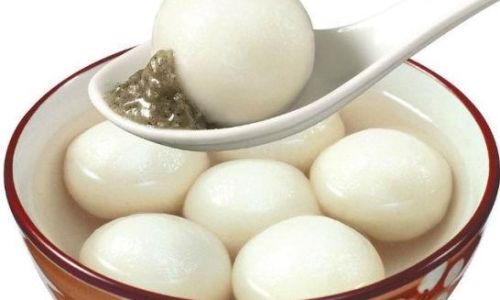
-
Add the Tangyuan: Carefully drop the tangyuan into the boiling water, using a slotted spoon to prevent splashing. Do not overcrowd the pot; cook in batches if necessary to ensure they have enough space to move around freely.
-
Cook Until They Float: Once the tangyuan are in the water, reduce the heat to medium-high and cook for about 3-5 minutes, or until they float to the surface. This indicates that they are cooked through.
-
Add Cold Water (Optional): For extra chewiness, you can add a small cup of cold water to the boiling pot once the tangyuan have floated. This will cause the water temperature to drop, forcing the tangyuan to sink again before rising back to the surface. Repeat this process once or twice.
-
Remove and Drain: Once the tangyuan have floated and cooked for the final time, use a slotted spoon to remove them from the pot and let them drain on a tray lined with parchment paper.
Step 5: Serve and Enjoy
-
Lightly Dust with Powdered Sugar (Optional): If desired, lightly dust the cooked tangyuan with powdered sugar to add a touch of elegance and prevent them from sticking together.
-
Serve Warm or at Room Temperature: Tangyuan are best enjoyed warm, but they can also be served at room temperature. Pair them with a cup of hot tea or soup for a comforting dessert experience.
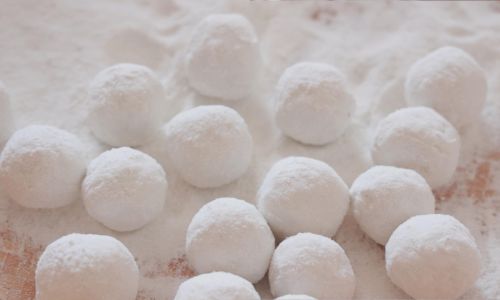
-
Store Leftovers: If you have leftover tangyuan, you can store them in an airtight container in the refrigerator for up to 3 days. To reheat, simply boil them in water for a minute or two until they become soft and warm again.
Creative Variations and Tips
- Flavored Dough: Infuse your dough with natural flavors like pandan extract, matcha powder, or cocoa powder for colorful and flavored tangyuan.
- Unique Fillings: Experiment with unique fillings such as mashed bananas, Nutella, or even savory options like minced pork with soy sauce and green onions.
- Freeze for Later: If you want to make tangyuan ahead of time, you can freeze the uncooked dough balls on a tray until solid, then transfer them to an airtight container. To cook, simply boil them from frozen, adding an extra minute or two to the cooking time.
- Serve in Soup: For a heartier dessert, serve your tangyuan in a broth made with ginger, red dates, and brown sugar for a warm and nourishing treat.
Conclusion
Making homemade glutinous rice balls is a delightful way to bring a touch of tradition and sweetness to your kitchen. With this step-by-step guide, you’ll be able to create perfect tangyuan that are not only delicious but also visually appealing. Whether you stick to the classics or explore creative variations, the process of making tangyuan is as rewarding as enjoying them. So, gather your ingredients, roll up your sleeves, and embark on this culinary journey to create your own homemade glutinous rice balls. Buon appetito!
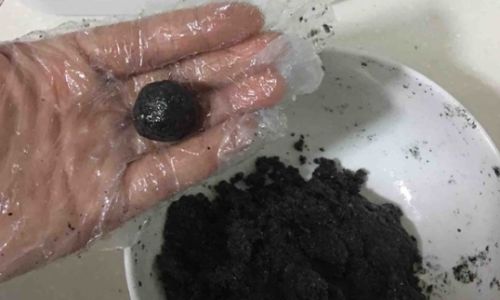
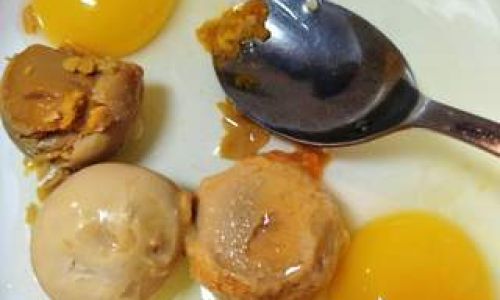
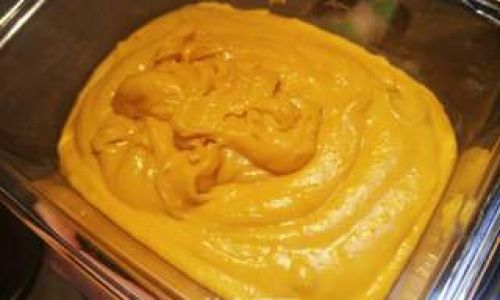
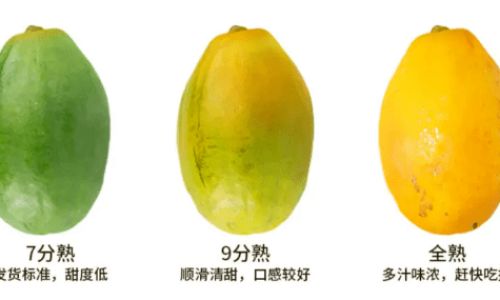

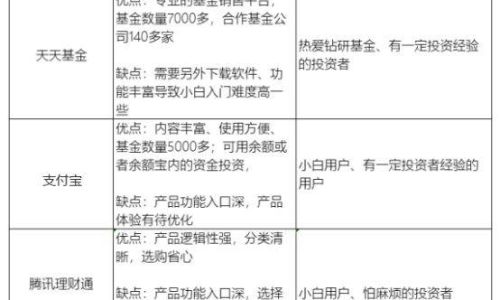
0 comments